Intel Core m3 vs i5 – Intel has been selling 2 main series of processors: one optimized for efficiency (Core) and the other optimized for battery life and cost (Atom). The Core M was the first ‘bridge’ processor and falls between the two varieties. That is to state: it’s a performance design enhanced for long battery life.
Many laptop processors perform at a TDP of 15W to 45W, and the Core M brought that to around 4.5 W. This enabled fanless designs, though the processor will still be throttled if it’s striven enough to obtain hot.
So, the Core m3 will be slower than a Core i3 but it will run cooler and ought to offer much better battery life. (Or the exact same life with a smaller battery, which is exactly what typically happens.).
The Core i3 is the least powerful of the Core iX variety so there’s most likely not that much of a trade-off in regards to lowered efficiency (i.e. Core m3 vs i3). The Core i5 is more effective than the Core i3 therefore, in comparison, you will compromise much more performance.
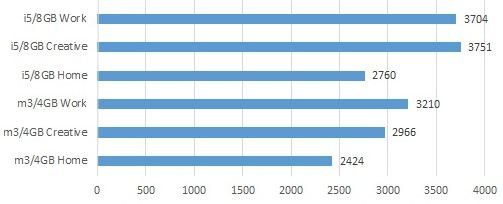
A Core m3 chip performs at roughly the exact same speed as an Intel Celeron 1020E The major distinction is that the m3 has a TDP of 5W whereas the Celeron is 35W. You couldn’t use it in an ultrathin laptop or tablet: it gets too hot. Nevertheless, the name of the game nowadays isn’t really efficiency; it’s efficiency per Watt.
My guidance is to analyze the readily available processors against the CPU you use now to see if it is quicker, and by just how much. You might likewise compare them at CPU Employer.
It depends on your usage case, but for the basic rule of thumb:
- M3: General media usage (seeing films, web surfing, etc) and light office work.
- i5: Moderate office work (huge stand out files, word, etc.) and coding.
My advice is to compare the available processors against the CPU you use now to see if it is faster, and by how much. You could also compare them at CPU Boss
Pros to using m3 Surface Pro
- It is designed for more like mobile devices and provides longer battery life than other Intel core I series processors. So if you are working more on the go thumbs up to m3.
- Though it would not match the I series performance (i5); it is equipped with rapid responsiveness and speed to keep up with office work demands.
- Web browsing is smoother with internet edge, and you would not feel the surface’s response any sluggish as long as you are juggling up to 25 tabs.
- Good for limited media consumptions (YouTube. Social Media, Netflix, and other TV Channels)
Cons to using m3 Surface Pro
- As discussed a little in Pros that m3 processor won’t match the I series processor (i5) performance when you go beast mode. Having tens of heavy apps open at a time; apps like Adobe Photoshop, Programming IDES, Video Editors, and browsers with tens of tabs open loaded.
- May give you a hard time when you juggle multiple video media sites in the browser.
- Not suitable for great multitasking.
- Intel i5 processor is better than m3 in every way but the battery life. Though surface pro 4 with i5 processor gives a decent battery life of an average 5.5 hours. So if the longer battery isn’t a necessity and willing to spend about $150 more, then you could have a surface pro i5 with a room for unprecedented demands.
Surface Pro 4 with i5 could meet all the requirement discussed here so far with unprecedented power and response. You would surely not gonna get frustrated buying surface pro 4 with i5.

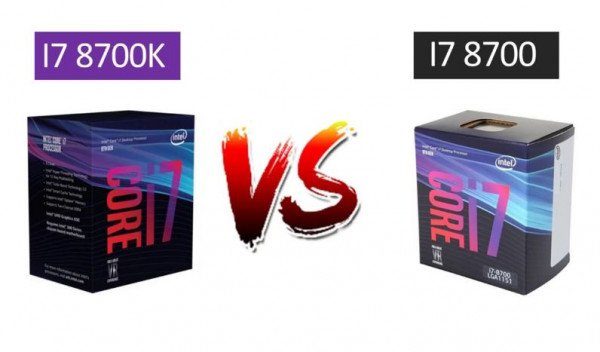
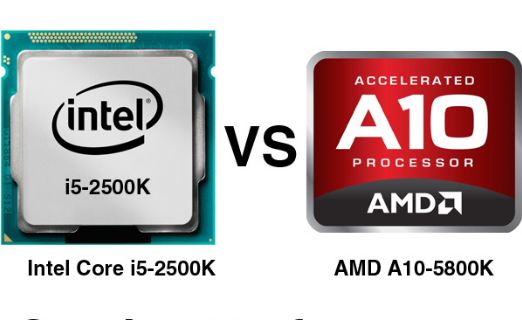
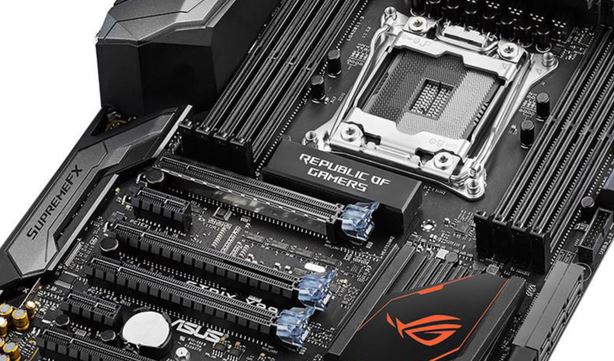
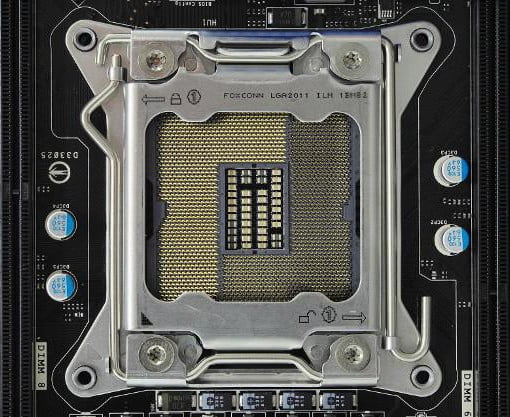
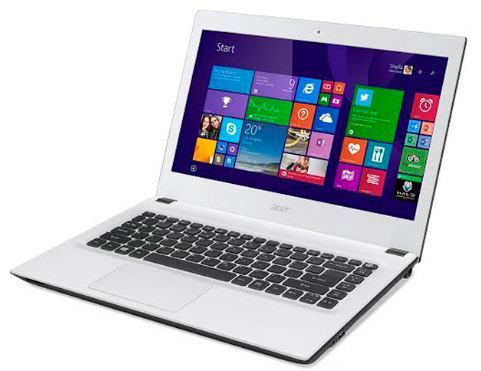
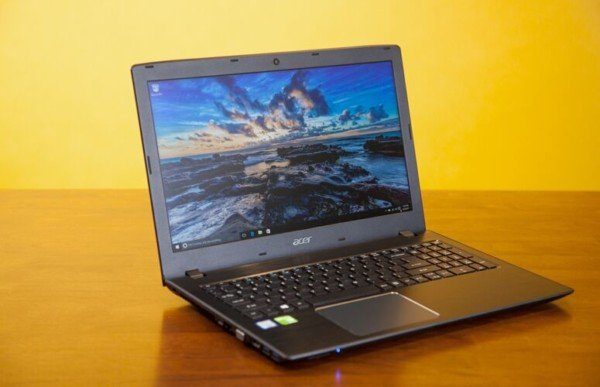
in my opinion, m3 is better